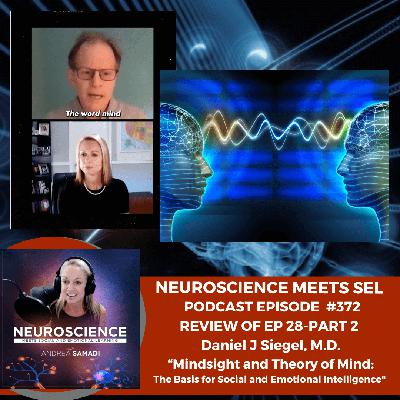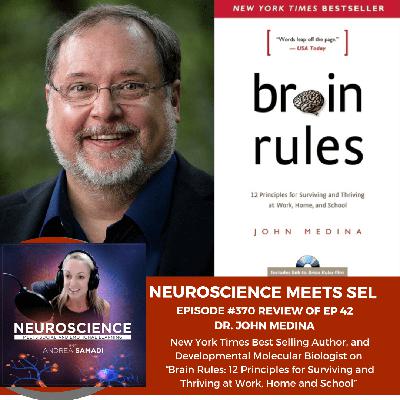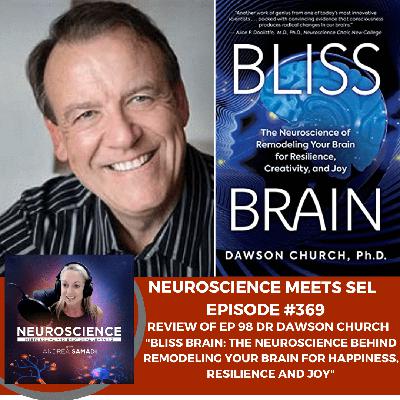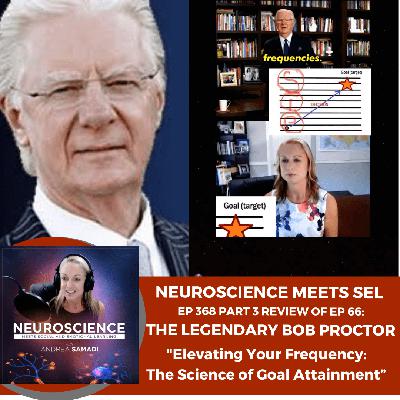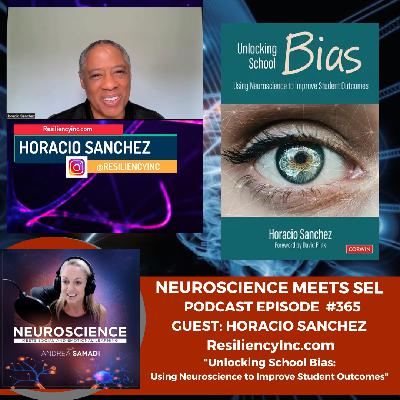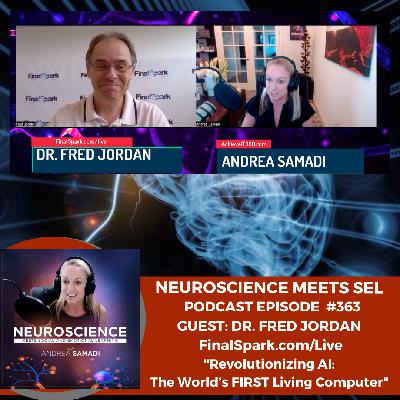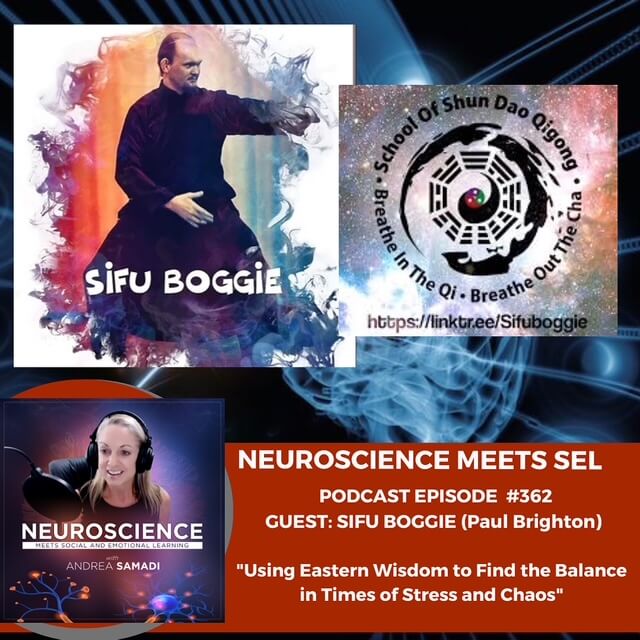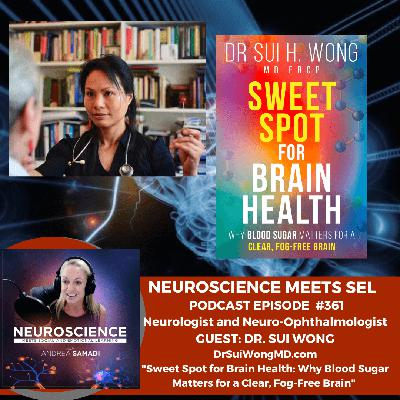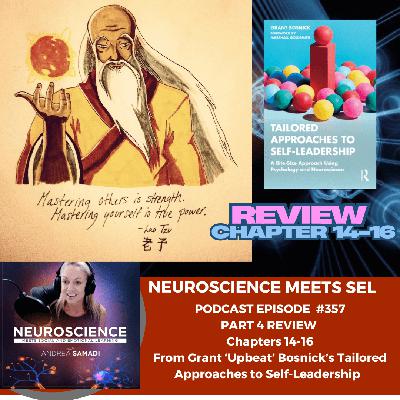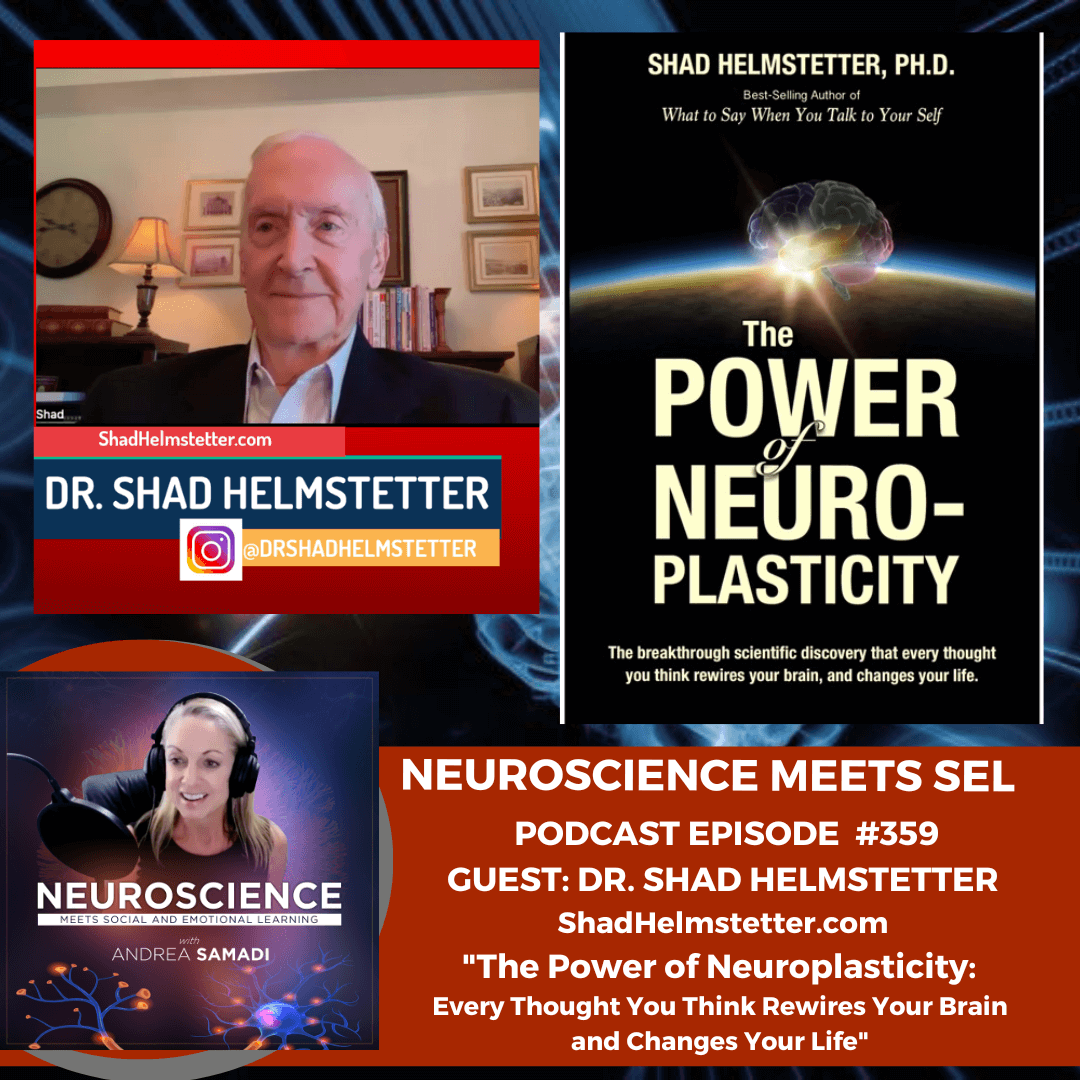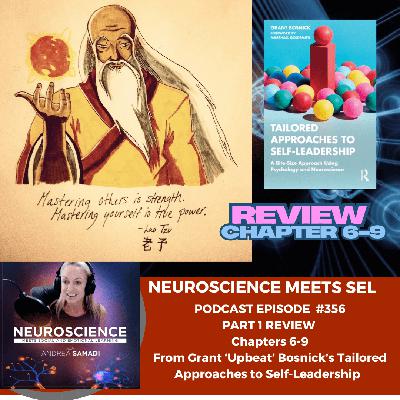Unlocking the Power of Persuasion, Time Management, and Change: PART 3 Chapters 10-13 (Grant Bosnick)
Description
Welcome back to Season 13 of the Neuroscience Meets Social and Emotional Learning Podcast! In this episode, we explore Part 3 of our review of Grant Bosnick's book on self-leadership, focusing on Chapters 10 to 13. Discover how the latest neuroscience research can enhance your skills in persuasion, time management, change, and agility.
Dive deep into the nuances of persuasion and influence, learn effective time management techniques, understand the brain's response to change, and enhance your mental and physical agility. Join us as we uncover insightful strategies to apply in your leadership journey.
And we will now resume PART 3 of our 4-PART review, to sum up last year, 2024, and our entire year studying one book, Grant Bosnick’s “Tailored Approaches to Self-Leadership: A Bite Size Approach Using Psychology and Neuroscience” that we first dove into with our interview on EP #321[i] the end of January 2024. The goal was that each week, we focused on learning something new, (from Grant’s book) tied to the most current neuroscience research, that builds off the prior week, to help take us to greater heights this year. It honestly shocked me that this series took the entire year. We began with PART 1[ii] and the first 5 chapters of the book. PART 2[iii] we reviewed chapters 6-9 of Grant Bosnick’s Tailored Approaches to Self-Leadership, and today, PART 3, today, we will review chapters 10-13. We will finish with PART 4, Chapters 14-16 after we release our FIRST interview of 2025, coming next weekend.
((On today's EPISODE #357 PART 3 of our review of Grant Bosnick’s Tailored Approaches to Self-Leadership, we will cover)):
✔ EP 336 Chapter 10[iv]“The Neuroscience of Persuasion and Influence”
✔ EP 337 Chapter 11[v] “The Neuroscience of Time Management”
✔ EP 339 Chapter 12[vi] “The Neuroscience of Change”
✔ EP 342 Chapter 13[vii] “Mastering Mental and Physical Agility”
If you have not yet taken the leadership self-assessment, or if you would like to re-take it to see if the results are different for you than last year, you can click the link here to find the quick test.
I re-took the assessment for 2025, and did notice some similarities and some differences. See what you notice about yourself. I noticed that pathways 2 and 3 are my high areas of focus this year, and that I can drop pathway 6 from my focus. What about you? If you have a few minutes to spare, take this leadership self-assessment again, and see if you notice any changes in your areas of focus for 2025. Did any of your pathways shift for you, since last year? This is an incredible way to be laser focused on pathways that will move the needle of success for YOU this year.
✔ EP 336 Chapter 10 “The Neuroscience of Persuasion and Influence”
On this episode, we looked at Jack Carew’s classic book from 1987 called You’ll Never Get No For an Answer that was covered on EP 176.[viii]
Carew looked at the unique strategies that American Author and Salesman Og Mandino encouraged us all to read to improve our communication and influence with others and I noticed that Strategy 2 was to stop looking out for number one and always look for how you can help others first.
So, after noticing this, I went straight to Chapter 10 of Grant Bosnick’s book, on “Persuade and Influence” to see what he had to say on this topic.
Right off the bat, in the opening of this chapter, Bosnick asks us to think about how we would persuade someone else to do something, like give you a pen you would like to have, for example, or ask for a promotion, or ask someone to do something you would like them to do.
Then he differentiates the word persuade that he says “we can think of as quick, more direct, more for short-term or immediate gain” (Chapter 10, Bosnick, Tailored Approaches to Self-Leadership) while influence he says “is softer, more subtle, much more for longer term and lasting gain.” (Chapter 10, Bosnick, Tailored Approaches to Self-Leadership)
Persuasion Bosnick says is “more tactical, whereas influence is strategic.” He gives us the history of persuasion, explaining its origin from the early Greek Philosophers, and that Aristotle wrote about three modes of persuasion: logos (that’s about logic and reason), pathos (that’s about emotion and inspiration) and ethos (that’s about the speaker’s own character and credibility).
Thinking of Jack Carew’s second tip in his book to improve our influence with others (by putting other people first) I think is a good example of a strategy that builds this concept for long-lasting gain (influence) versus persuading someone to give me something that I need for short-term, or immediate gain (like, to pass me their pen, so I can write down something important that I’ll need to remember). I want to build influence with others, that’s long-term, that I think includes logic and reason (logos), emotion and inspiration (pathos) and a person’s character and credibility (ethos). All 3 of the modes of persuasion, to me, make up longer term influence with someone.
We learned on this episode that “There are 6 short cuts to increase the chances that someone will be persuaded or even better, influenced by us” (Robert Cialdini)
We covered the first three is Robert Cialdini’s book:
1. Reciprocity: We are obliged to give back, if we have been given something. Use the neuroscience of influence and persuasion, and think of ways to help others first, instead of thinking what you can gain from other people, think of what you can give to them. Always be the first to give and take the time to make sure what you are giving is actually useful to that person. This way, what you will give will have meaning to that person.
2. Scarcity. If something is scarce, we want it more. Use this by highlighting the Benefits, Uniqueness and Possible sense of Loss. Take the time to find out how what you are offering to someone else, will help them. You will need to find out what they are looking for to do this, by asking questions, and listening. Then you can “frame what you are saying/offering, so others will find it to be valuable”[ix] especially if it is something that is difficult to come by, or scarce.
3. Authority. We are more likely to comply with a request if it is coming from a perceived authority/expert. Being introduced by others FIRST is a fast way to have others learn about your expertise, making you instantly more influential and persuasive, rather than you introducing yourself.
My take-away from this episode: If I want to improve my influence, it begins with understanding the wants and needs of others first (how can I help them) and then being able to say what I mean, and mean what I say. The words I speak do matter when I’m working on gaining influence. If I’m speaking with someone, and not being completely honest, or not meaning what I say, I know that this can be felt by the other person, and it will hurt my ability to gain trust, rapport and influence. Our brains really can detect “benefits and threats”[x] and I want to be sure that I’m drawing those I want to interact with towards me, not away from me.
Once I have gained influence with someone I am speaking with, then I can take my persuasion skills to the next level, and we can begin to work together on our common goals.
REVISIT THIS EPISODE TO REVIEW THIS CONCEPT IN DEPTH
✔ EP 337 Chapter 11 “The Neuroscience Behind Effective Time Management”
This topic we covered early on our podcast, with a video from author Kent Healy, who wrote Success Principles for Teens[xi] that he co-authored with Jack Canfield.
Kent created a video for me (many years ago) that we used with students in the classroom, and I featured this video on EP 33[iv] of our podcast that was called “Time Management, the Greatest Asset We Have” and Kent gives a perspective to the amount of time we have, in a way that 15 years later, I’ve still not forgotten his words in this video recording. You can watch Kent’s explanation of “time management”[xii] with the visuals that he provided, reminding us that “we all have the same amount of time” and he even breaks it down and tells us how many seconds we have every day (84,600 seconds to be exact) every day. While ALL the experts agree that we can’t create more time, or change this number, some will say we can use our time to generate more of something else (like energy) but Kent’s message was about using this time (these 84,600 seconds we have each day wisely) and focus on what we can control, and that’s our personal growth.
He gives an example of adding just 15 extra minutes a day towards learning something new, and that adds up to 3.8 full days a year, and asks us to think of what value we put on 15 minutes of time. I loved Kent’s point of view, and always respect people who use their time wisely.
Then we looked at the Neuroscience of Time Management and learned that our chronotype “the natural inclination of your body to sleep at a certain time or what people understand as being an early bird versus a night owl”[xiii]






